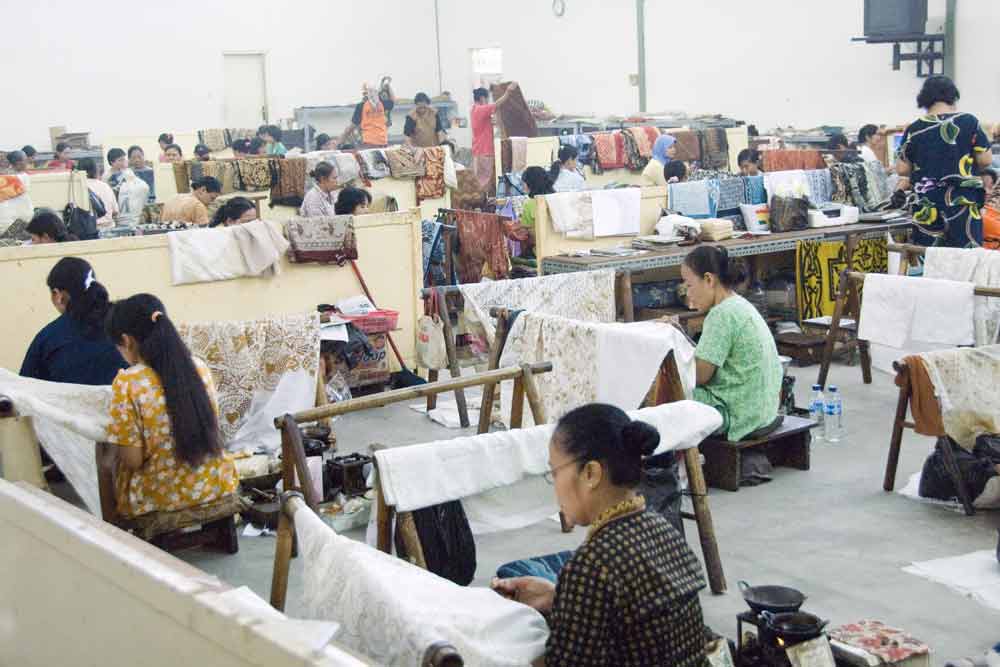At Monas @ Museum Sejarah Nasional ( Jakarta)
National History Museum located at the baseman of National Monument (Monas). The width of the museum is 6400 meters (80 x 80), and the whole walls, floor, and pillars are top layered with marble. The museum can hold up to 500 people. At the four sides of the museum there are display windows that shows the life and phenomenon that Indonesian people has gone through since Indonesian ancient time.

Indonesia National Monument (Monas)
Indonesia National Monument or what Indonesian and Jakarta people usually call as Monas is a monument built to remember the struggle of Indonesian heroes fighting the colonial domination. Monas was built based on the idea of the first president of Indonesia, Ir. Soekarno, with the help of Sudarsono and F. Silaban as the architect, and Ir. Rooseno as the consultant. It’s builts on an area with a width of 80 hectares. Monas was officially open on 17th August 1961 by President Soekarno, and publicly open on 12th July 1971.
The top of Monas shaped like a flame, symbolizing a never extinguished spirit of Indonesian people. The flame was made of bronze medal which weight was 14.5 ton, and was plated with 35 kg gold. The flame has 6 meters diameter and consist of 77 concentrated parts.
The standing pillar of Monas which height is 137 meters, symbolizing a rice pestle, while the cup symbolizing a rice barn. Rice pestle and barn are traditional tools to pound rice, figuring out Indonesia as an agricultural country. They’re also regarded as the symbol of Indonesian people’s fertility, and as the symbol of male and female.
Jakarta people usually utilize Monas area as a place for sport activities, in the morning and afternoon time. Most people visit Monas on weekend and holidays.
Park Area
The park area which surrounds the monument is organized nicely. There are several kinds of plants from various region of Indonesia in the park. There’re many seats provided under big trees. You could see the cultivation of spotted dears that were originated from Istana Bogor, at the park. There’re also pathways structured from green thin stone for you to have your feet massaged by walking on it un-shoes. There’re a pool with fountain and the statue of Princess Diponegoro riding a horse which made of 8 ton bronze medal on the park. This statue was made by Italian artist, Prof. Coberlato as a grant from Dr. Mario, Honores Consulate General in Indonesia. The statue is located near the gate of the tunnel which leads to the monument.
Kota Tua
Jakarta is an area of Dutch colonization inheritance which was well-known as Batavia in the 17th century. At Kota Tua area you can see old buildings with architecture style influenced by the Dutch or European architecture style, Chinese and even some of them with combination of Dutch and Chinese architecture. Some of the old buildings at Kota Tua area occupied as museums by the governor of DKI Jakarta. Kota Tua is one of a very interesting place or area to visit when you travel to Jakarta since it’s a center of historical tourism object in


Taman Mini Indonesia Indah (TMII)
Taman Mini Indonesia Indah/TMII (literally translated: “Beautiful Indonesia Miniature Park”) is a recreation area and park which is the synopsis of virtual aspects of Indonesian life, representing the cultures, natures and heritages of Indonesian people. TMII located at an area called Pondok Gede, East Jakarta, with total width of 165 hectares.

Taman Mini Indonesia Indah - West Sumatera Pavilion

When you have a chance to go to West Sumatera or Padang, you can see houses like this there. Padang people called them as Rumah Gadang.
RRUMAH BATIK DANAR HADI - JAKARTA
The famous batik house at jakarata - more fashion and more original Javanese batik



Handmade Batik

Muslimah fashion ( from Hadi Batik House)
 |
No comments:
Post a Comment